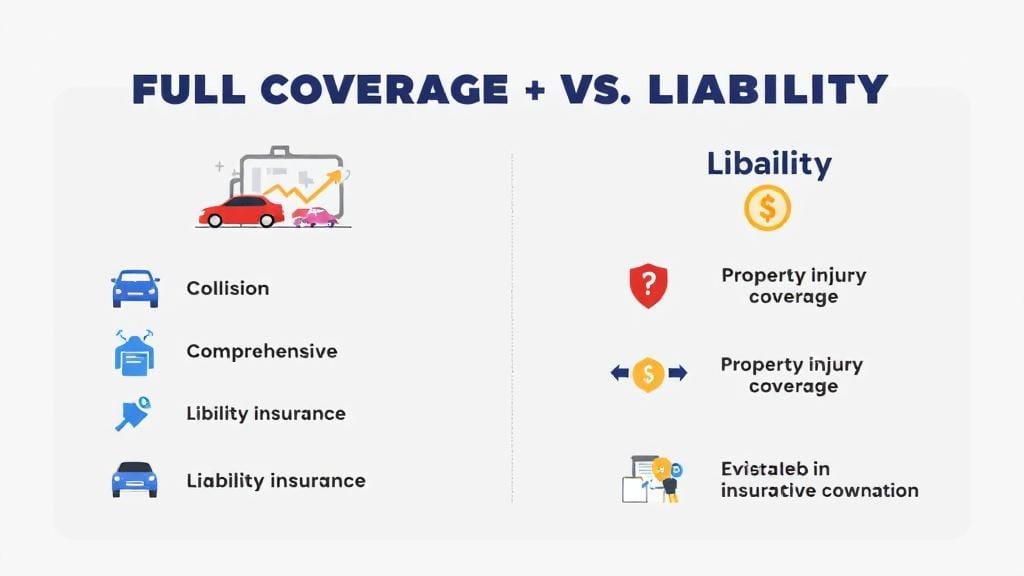Introduction: Why Lowering Debt Interest Rates Matters
Debt is a part of everyday life for millions of people—credit cards, personal loans, student loans, car loans, and mortgages. But the real burden isn’t always the amount borrowed—it’s the interest. High-interest rates can quietly inflate your monthly payments and extend your repayment timeline.
If you’ve ever asked, “How can I reduce the cost of my debt?”, you’re not alone. In this guide, we’ll walk you through practical strategies for lowering debt interest rates, so you can pay less over time and become debt-free faster.
📌 Focus Keyword: Lowering debt interest rates
📈 Goal: Save money, reduce financial stress, and improve your credit score.
📊 How Interest Works—and Why It Hurts
Before diving into strategies, it’s important to understand how interest compounds.
APR (Annual Percentage Rate): The total yearly cost of borrowing, including interest and some fees.
Compound Interest: Interest calculated on the original principal plus accumulated interest.
Fixed vs Variable Rates: Fixed rates stay the same; variable rates change over time (usually with the market).
Example: If you have a ₹1,00,000 loan at 18% APR, you could end up paying over ₹18,000 extra per year—and more if you only make minimum payments.
💡 Best Ways to Lower Debt Interest
1. Negotiate Lower Debt Rates with Lenders
Most people don’t realize this—but you can ask for a better deal.
How to Negotiate:
Call your credit card or loan provider.
Mention your payment history and credit score.
Ask, “Can you offer a lower interest rate?”
✅ Secondary Keywords Used: Negotiate lower debt rates, How to get a lower interest rate on debt
Tip: If you’ve recently improved your credit score or your bank wants to retain your business, they may agree to a reduction.
2. Use a Balance Transfer Credit Card
A balance transfer card lets you move your high-interest credit card debt to a new card with 0% APR for a limited time (typically 6–18 months).
Pros:
No interest during the promo period
More of your payment goes toward the principal
Cons:
Balance transfer fees (usually 2-3%)
Must pay off debt before the 0% APR period ends
✅ Long-Tail Keyword Used: Balance transfer credit card
3. Refinance High-Interest Loans
Refinancing means replacing an existing loan with a new one at a lower interest rate. This is common for personal loans, auto loans, and even student loans.
When Should You Refinance?
Your credit score has improved
Interest rates in the market have dropped
You want to change loan terms (e.g., from variable to fixed)
✅ Secondary Keywords: Refinance high-interest debt, Lower personal loan interest
✅ Long-Tail Keyword: Loan refinancing options
4. Consolidate Debt into One Lower-Interest Loan
Debt consolidation combines multiple debts into one, often at a lower overall APR. It simplifies payments and may reduce your total interest.
Common Options:
Personal loan for debt consolidation
Home equity loan or line of credit (if you own property)
Debt management plan through a nonprofit agency
✅ Secondary Keywords Used: Debt consolidation to lower interest, Strategies to lower debt interest
✅ Long-Tail Keyword: Debt management plan
5. Improve Your Credit Score
Your credit score directly impacts your interest rate. Higher scores = lower rates.
Ways to Improve Your Score:
Pay on time
Reduce credit utilization (keep it under 30%)
Avoid new hard inquiries
Fix errors on your credit report
✅ Long-Tail Keywords Used: Credit score improvement, Credit utilization ratio
6. Understand Fixed vs Variable Interest Rates
When choosing a loan, know the difference between fixed and variable rates.
Fixed Rate: Stays the same. Ideal if you want predictable payments.
Variable Rate: May start low but can increase over time. Riskier.
If you currently have a variable rate and rates are rising, refinance to a fixed rate to protect yourself.
✅ Long-Tail Keyword Used: Fixed vs variable interest rate
7. Use Financial Hardship Solutions
If you’re struggling to keep up with payments, don’t wait. Many lenders offer hardship programs or modified repayment plans.
Options Include:
Temporary interest rate reduction
Deferred payments
Forbearance or loan modification
✅ Long-Tail Keyword Used: Financial hardship solutions
🎯 Real-Life Example: How Priya Saved ₹75,000 in Interest
Priya, a working professional in Mumbai, had ₹3,00,000 in credit card debt at 30% APR. She applied for a 0% balance transfer card, paid off the full balance within 12 months, and avoided over ₹75,000 in interest.
She also improved her credit score, allowing her to refinance a personal loan from 15% to 10% APR. Total savings? Over ₹1 lakh in interest in just two years.
💬 Expert Tips for Long-Term Interest Reduction
Always compare APRs—not just EMI
Pay more than the minimum amount
Avoid carrying credit card balances month-to-month
Revisit your loan terms annually
Consider automatic payments for rate discounts
📚 5–7 Real and Relevant FAQs
❓1. What’s the best way to start lowering debt interest rates?
Answer: Start by checking your credit score and comparing loan or credit card APRs. From there, call lenders to negotiate, consider balance transfers, or refinance high-interest loans.
❓2. Can I reduce credit card interest rates without transferring my balance?
Answer: Yes! Call your credit card provider directly. If you have a good payment record or improved credit score, you can negotiate lower debt rates.
❓3. How does a balance transfer card help reduce interest?
Answer: It moves your balance to a 0% APR card for a limited time, helping you save on interest. Be sure to pay it off before the promo period ends to avoid new interest charges.
❓4. Does refinancing hurt your credit score?
Answer: It may cause a temporary dip due to hard inquiries, but if you reduce your interest and make consistent payments, it helps your score in the long run.
❓5. What’s better: debt consolidation or refinancing?
Answer: It depends. Refinancing is ideal for lowering interest on a single loan. Debt consolidation is better if you have multiple high-interest debts and want a single monthly payment.
❓6. Is it better to choose fixed or variable interest rates?
Answer: If you prefer stable, predictable payments, go with fixed. If you’re confident rates will drop (or you plan to repay quickly), a variable rate may be cheaper.
❓7. Can I get a lower interest rate if I’m facing financial hardship?
Answer: Yes, many lenders offer hardship relief options like temporary lower APRs or deferred payments. Reach out early before falling behind on payments.
✅ Final Thoughts: Lowering Debt Interest Rates Is Possible—If You Take Action
Interest can quietly sabotage your finances, but the good news is—you have more control than you think. By using smart tools like balance transfers, refinancing, and debt consolidation, you can drastically reduce the cost of debt.
📌 Take the first step today:
Review your loans
Call your lenders
Improve your credit score
Use financial tools that work for your situation
The sooner you act, the more you save. Lowering debt interest rates is not just about paying less—it’s about taking back financial freedom.








Comments (0)